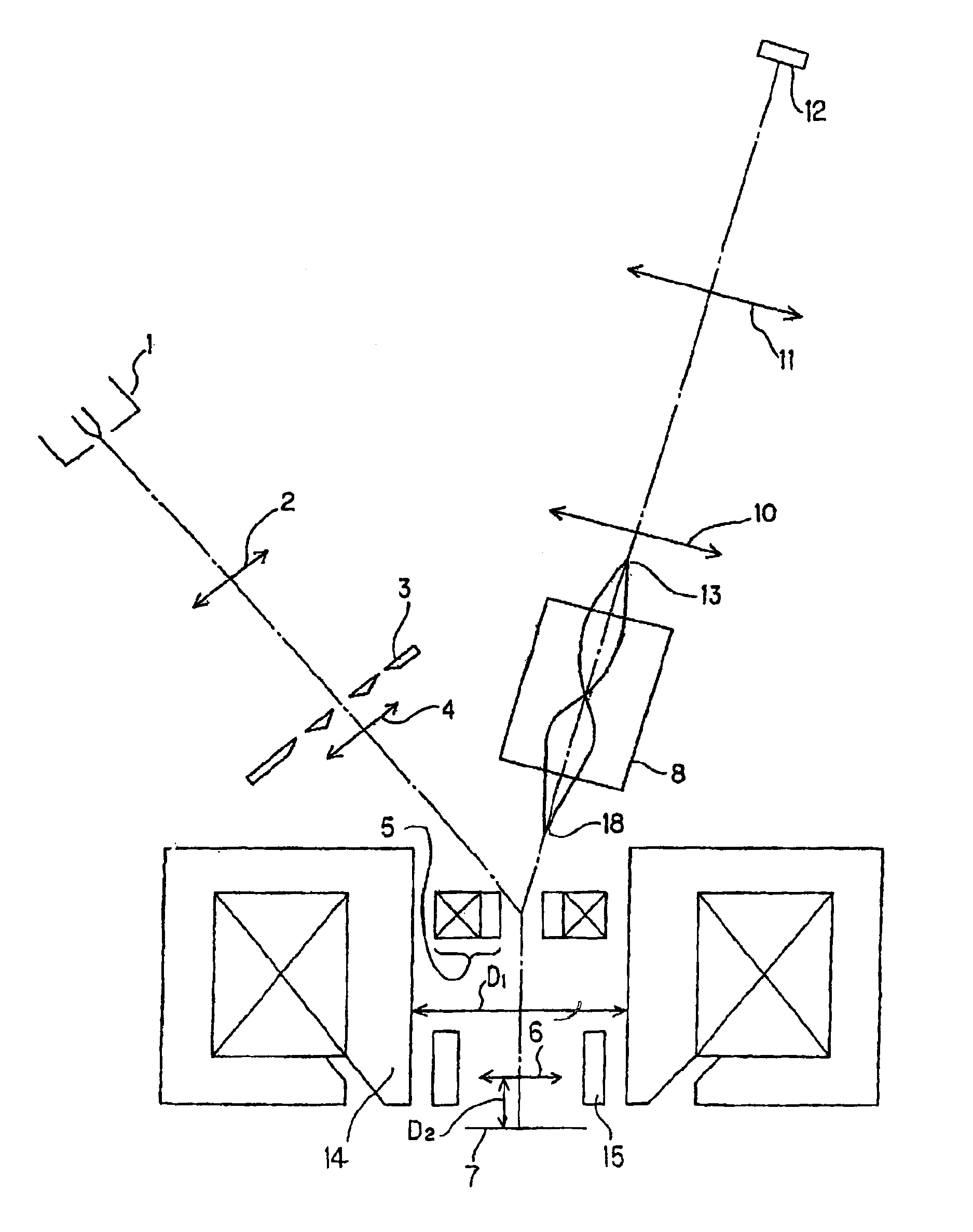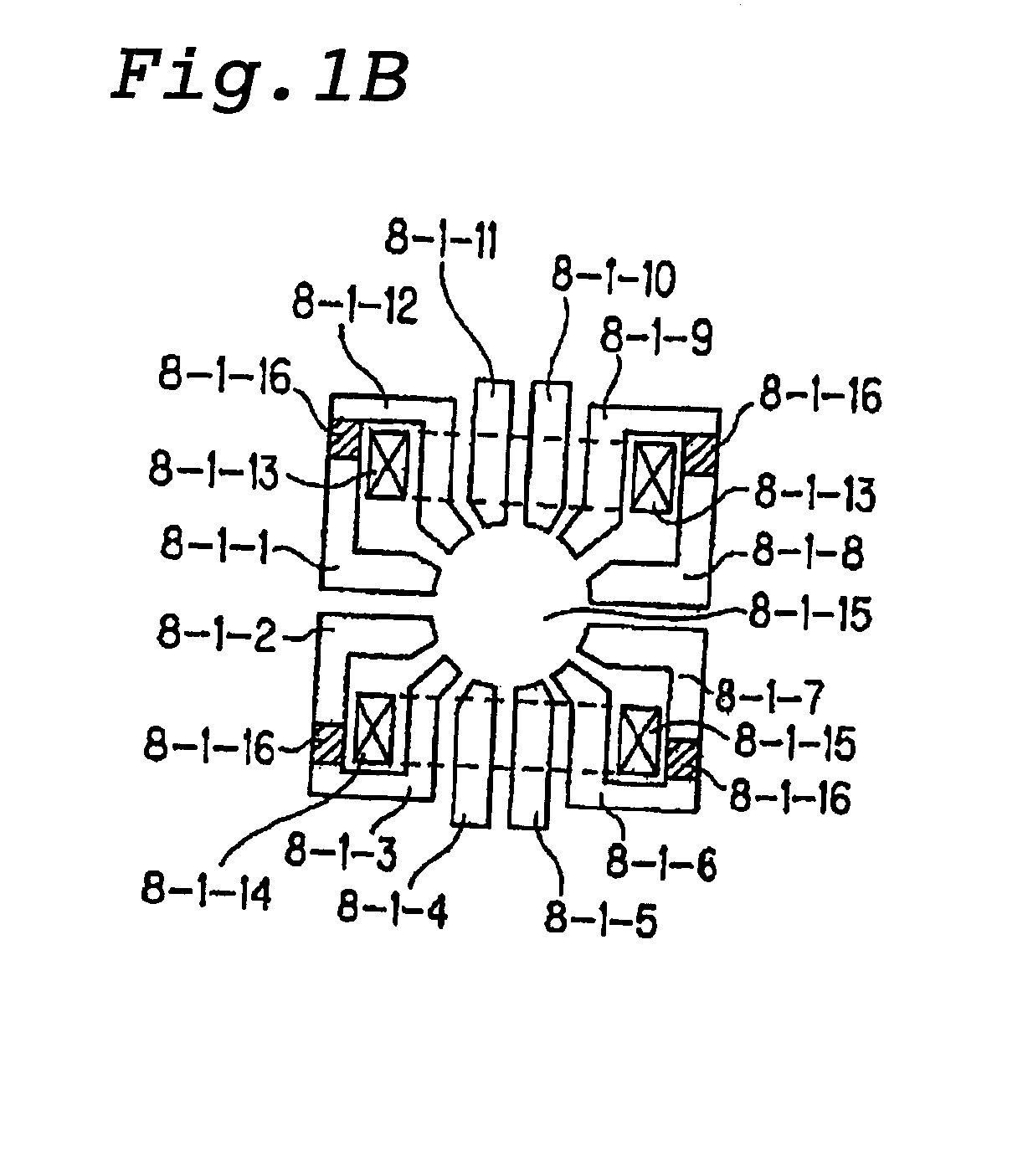Projection electron beam apparatus and defect inspection system using the apparatus
a technology of electron beam and electron beam, which is applied in the direction of material analysis using wave/particle radiation, instruments, nuclear engineering, etc., can solve the problems of discharge between a sample and the lens, axial chromatic aberration is relatively large, and the axial chromatic aberration is increased
- Summary
- Abstract
- Description
- Claims
- Application Information
AI Technical Summary
Benefits of technology
Problems solved by technology
Method used
Image
Examples
example)
Example )
[0362]Indicated Direction: Right . . . Stage Moving Direction: Left (an image moves to the left=the field of view moves to the right)
[0363]Indicated Direction: Upward . . . Stage Moving Direction: Downward (an image moves downward=the field of view moves upward)
(2) Direct Entry of Coordinates on GUI:
[0364]Coordinates directly entered on the GUI are regarded as a location at which the operator wishes to view on the wafer coordinate system, so that the stage is moved such that the coordinate on a wafer are displayed at the center of a captured image.
[0365]In the apparatus described in connection with FIG. 14, a procedure is taken to mount a correction ring on the electrostatic chuck, and position a wafer such that the wafer fits in the inner diameter of the correction ring. Therefore, in the inspection apparatus illustrated in FIG. 15, a procedure is taken to mount a correction ring on a wafer in the load lock chamber 22•1, integrally transfer the wafer mounted with the corre...
PUM
| Property | Measurement | Unit |
|---|---|---|
| width | aaaaa | aaaaa |
| width | aaaaa | aaaaa |
| width | aaaaa | aaaaa |
Abstract
Description
Claims
Application Information
 Login to View More
Login to View More - R&D
- Intellectual Property
- Life Sciences
- Materials
- Tech Scout
- Unparalleled Data Quality
- Higher Quality Content
- 60% Fewer Hallucinations
Browse by: Latest US Patents, China's latest patents, Technical Efficacy Thesaurus, Application Domain, Technology Topic, Popular Technical Reports.
© 2025 PatSnap. All rights reserved.Legal|Privacy policy|Modern Slavery Act Transparency Statement|Sitemap|About US| Contact US: help@patsnap.com



